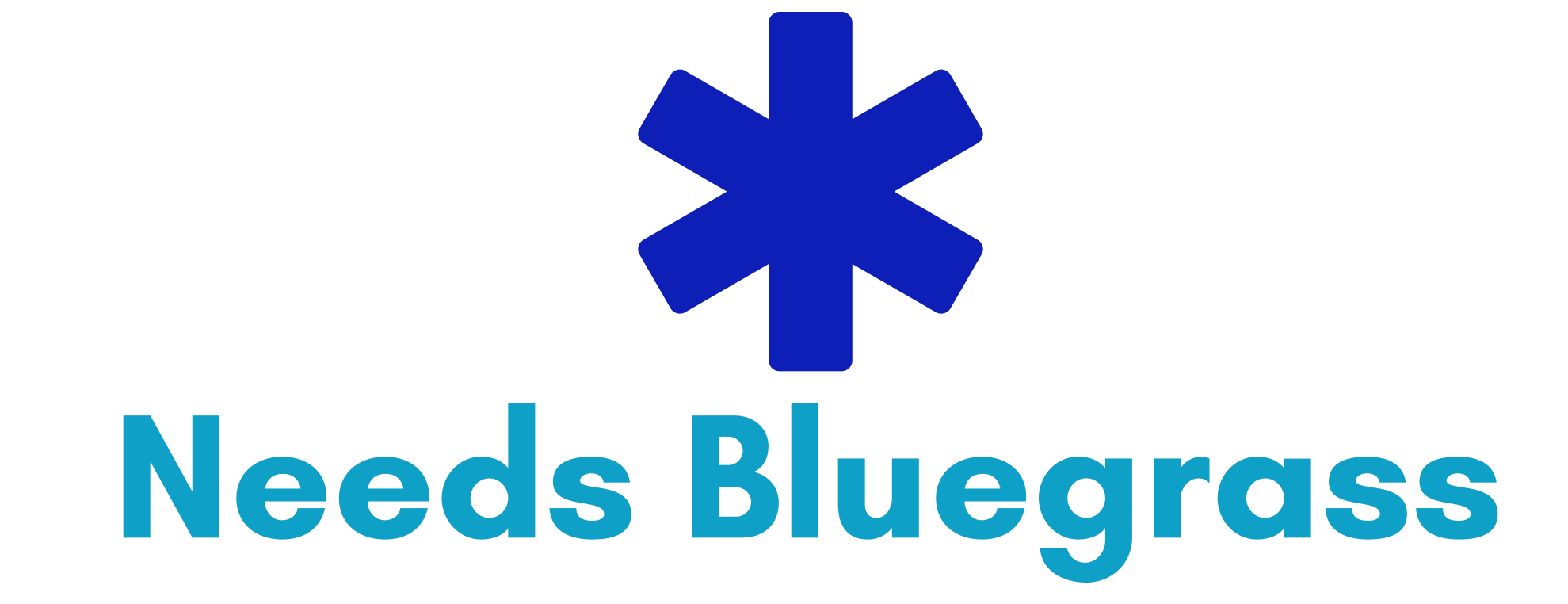Crisis as a Catalyst for Innovation
The Shock to Higher Education
The COVID-19 pandemic forced higher education institutions to confront an urgent need for adaptation. Campuses closed, and in-person learning became untenable. This crisis created a moment of reckoning, compelling educators and administrators to rethink their approaches.
The Digital Imperative
The immediate shift to remote learning highlighted the importance of technology in education. Institutions that had already embraced digital tools were better positioned to weather the storm, but many were caught unprepared.
Accelerated Adoption of Online Learning
Remote Learning Solutions
To ensure educational continuity, colleges and universities quickly embraced online learning platforms, video conferencing tools, and learning management systems. These platforms allowed students to access coursework from the safety of their homes.
Challenges and Opportunities
Online learning presented both challenges and opportunities. While it provided flexibility and accessibility, it also required adaptations in pedagogy and student support services to ensure engagement and success.
Lifelong Learning
The crisis underscored the importance of lifelong learning. Professionals, faced with job uncertainty, turned to higher education for upskilling and reskilling opportunities, further driving the demand for online courses and microcredentials.
Reimagining Pedagogy and Curriculum
Flipped Classrooms
The crisis prompted educators to rethink traditional teaching methods. Flipped classrooms, where students engage with course materials before class and use in-person or virtual class time for discussion and application, gained popularity.
Personalized Learning
Innovations in edtech allowed for personalized learning experiences, adapting content and pacing to individual students’ needs. Adaptive learning systems and AI-powered tools became essential.
The Role of Virtual Reality
Immersive Learning
Virtual reality (VR) and augmented reality (AR) emerged as game-changers in higher education. These technologies offer immersive learning experiences, from virtual campus tours to lab simulations.
Expanding Access
VR has the potential to democratize education by offering remote students a more immersive experience, creating a sense of presence even when physically distant.
Student-Centric Support Services
Mental Health and Well-being
The crisis exacerbated mental health challenges among students. Institutions responded with innovative support services, including virtual counseling and mindfulness apps.
Career Services
Career services evolved to address changing job markets. Online career fairs, interview preparation, and job placement platforms became essential for student success.
The Future of Innovation in Higher Education
Hybrid Learning Models
Higher education is poised for a hybrid future, where elements of online and in-person learning coexist. This model offers flexibility and enhanced pedagogical approaches.
Continued Investment in EdTech
Institutions are investing in educational technology to enhance the online learning experience further. AI-driven chatbots, data analytics, and virtual labs are becoming standard tools.
Global Collaboration
The crisis revealed the potential for global collaboration in higher education. Institutions from different regions have started sharing resources and best practices, fostering a more interconnected academic community.
Conclusion: A Resilient and Adaptable Sector
The crisis may have disrupted higher education, but it has also catalyzed remarkable innovations. Institutions have demonstrated resilience and adaptability in their pursuit of better learning experiences for students. The integration of technology, the expansion of online learning, and the reimagining of pedagogy are shaping the future of higher education. While challenges persist, the innovations born during these trying times hold the promise of making education more accessible, engaging, and effective for all. As we navigate uncharted waters, innovation remains the compass guiding us toward a brighter educational future.
